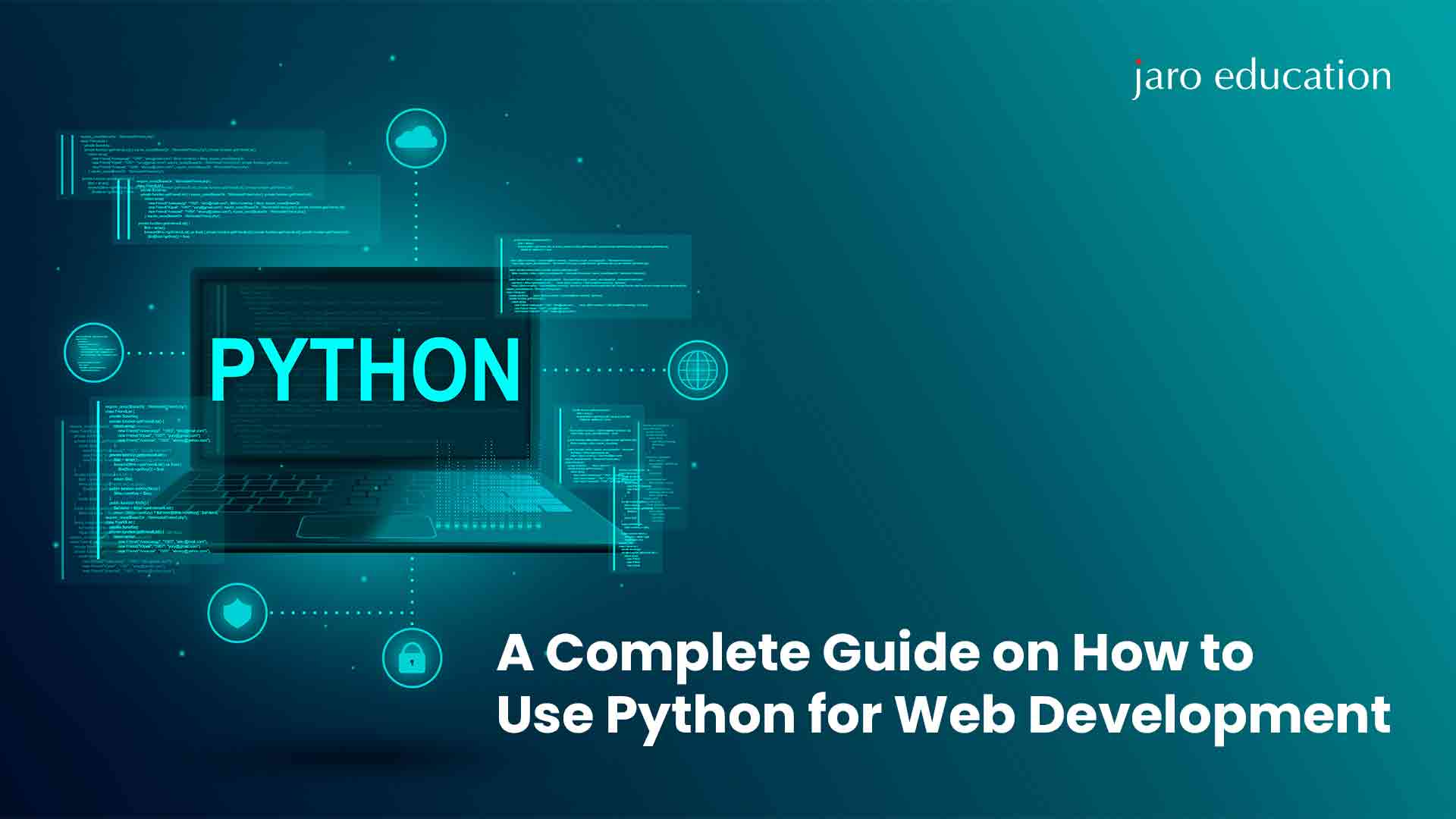
A Complete Guide on How to Use Python for Web Development

Table Of Content
What is Python for Web Development?
What is the Role of a Python Developer?
Essential Skills Required for a Python Developer
Tips to Become a Successful Python Web Developer
Conclusion
Frequently Asked Questions
What is Python for Web Development?
As discussed, Python is a computer language program with various use cases, such as data analysis, data science, AI, machine learning, software and app development and app testing. An important fun fact is that the name Python is derived from the famous British comedy troupe Monty Python. Guido Van Rossum, the architect of Python, was reading about Monty Python while developing this language. He considered Python short and easy to pronounce for the new programming language.
The flexibility and versatility of Python have made it the most popular computer language program. It can work on many platforms, like Raspberry, Linux, Pi, Mac and Windows. One of the significant advantages of Python is that its syntax is similar to that of the English language and, hence, is easily accessible. Moreover, you can write codes using fewer lines in Python than in other programming languages.
Due to user-friendliness and wide usage, Python has been ranked among the top computer language programs across the world. Python for web development is very popular among beginners as it is easy to write and understand and has fewer coding lines. Now that you are well opposed to the meaning of Python, let’s shift our focus to other aspects of the computer language, like the role of Python web developers, fundamentals of Python, scalability and tips for success.
What is the Role of a Python Developer?
As the name suggests, a Python developer is an individual who is tasked with writing server-side web development codes using the Python programming language. Python developers require several skills, such as database architecture, front-end design, user experience and server-side applications. Apart from this, a Python developer should also understand how to maximise business using these skills. A Python developer can be employed in various roles, such as developing and designing a website, app, games and cutting-edge technologies.
The primary functions of a Python developer are as follows:
- Fixing any error in the code
- Enhancing the performance and effectiveness of an application
- Developing and incorporating new features
- Maintaining an app’s code base

Essential Skills Required for a Python Developer
Tips to Become a Successful Python Web Developer
Here are some significant tips that you can use to become a successful Python web developer:
- Continuous Learning and Staying Updated With Industry Trends: In any field, players must stay updated with all the new technologies and developments that have come to the fore. As technologies are dynamic, it is essential to continue learning new skills, reskill yourself and stay relevant.
- Building a Strong Portfolio of Projects: Another tip you can follow is building a diverse and robust project portfolio. Try to work on different projects to have maximum exposure and learn new tricks. It will be beneficial if you have hands-on experience in small and medium projects and some involvement in large projects that use Python for web development.
- Networking and Community Involvement: Networking is the key to career growth. Every Python project has a strong team, and you must develop some formal and informal relations with your team members and learn from each other’s experiences. Additionally, do not end your relationship with your team members when the project ends, and always stay in contact for future collaboration.
- Leveraging Online Resources for Support and Learning Opportunities: Today, you can access innumerable resources online on how to use Python for web development.
Conclusion
Python is one of the most important programming languages that the world has witnessed since the evolution of programming. It is quite popular among beginners and people from non-science backgrounds because of its ease, simple interface and shorter codes compared to its competitors. This blog gives you all the details regarding Python for web development and how you can use it for better career prospects by pursuing Master of Computer Applications (MCA) offered by leading universities like Manipal University Jaipur.
Frequently Asked Questions

